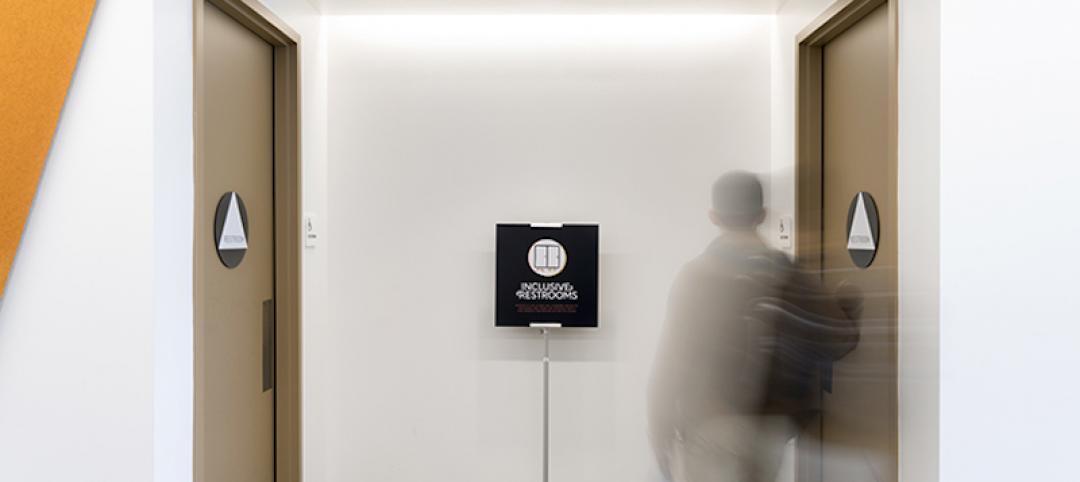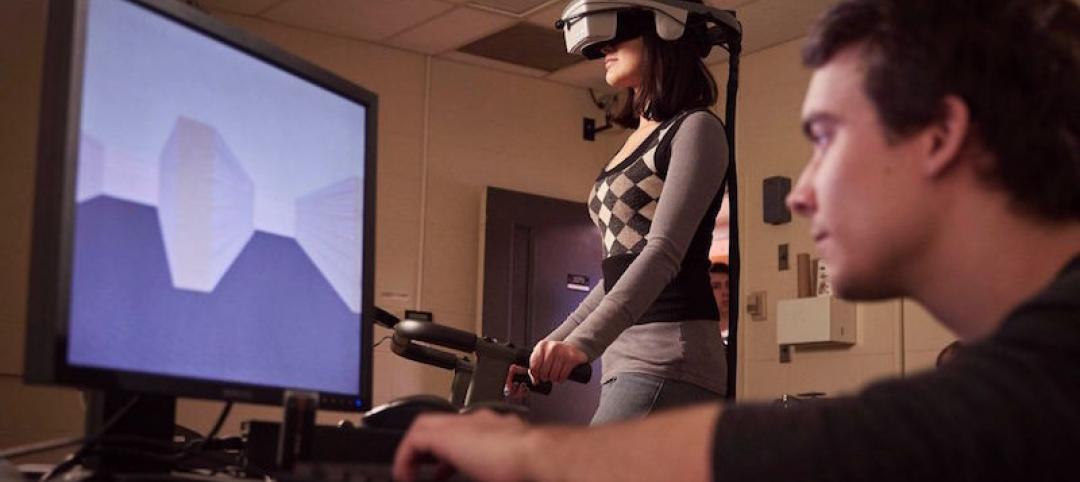Design-assist is not without potential drawbacks. Here are some common concerns—and how your Building Team can reassure clients that DA is worth considering.
OWNER CONCERN: Lack of familiarity with design-assist. DA is a relatively new delivery model. Architects and CMs may have a tendency to revert back to traditional roles.
PLAN OF ACTION: Although the DA process produces a more efficient, collaborative design process, care must be taken to ensure that the collaborative process continues throughout construction. During construction, there are inevitable owner concerns. That’s why it’s important to have established a process to address these changes. The collaborative process can be used to resolve challenges in a quick, cost-effective manner.
OWNER CONCERN: Subcontract administration. The subcontractor might not perform as expected or fall out of line with the budget.
PLAN OF ACTION: It is important to administer a preconstruction contract with the DA subcontractor, which allows the owner to terminate the agreement at any time prior to construction. This acts as a safeguard when a subcontractor’s pricing is not in line with the budget, and there is no reasonable way to get to the budget; in such a case, the owner would have reasonable cause to terminate the subcontractor’s contract. In this situation the trade package would need to be bid, which could push back the schedule depending on the selection process.
OWNER CONCERN: Obtaining competitive pricing. Some owners believe early involvement with subcontractors and the construction manager in the project precludes them from receiving competitive bids.
PLAN OF ACTION: Because the construction team is hired early in the design phase, the Building Team can obtain benchmark prices during the programming phase, making competitive pricing feasible. The Building Team can also obtain nonbinding preliminary price proposals during the DA selection process based on initial plans, such as schematic drawings; binding final prices can be submitted upon completion of the plans.
OWNER CONCERN: Added costs of the DA process. Design-assist may add time and cost to the design phase of the project due to additional collaboration with subcontractors and added time to procure services.
PLAN OF ACTION: The reductions achieved in construction cost and schedule should offset additional costs during the design phases, making design-assist advantageous overall.
OWNER CONCERN: Design liability. Greater collaboration among the architect, engineer, subcontractors, and construction manager might raise questions about who has responsibilities and design liability throughout the process.
PLAN OF ACTION: The project team should clearly set obligations and liabilities of the team members with respect to plans, specifications, and the building information model (if applicable) to overcome this concern. You should also develop a design-assist execution plan to identify roles, responsibilities, and deliverables for all team members.
Related Stories
Building Team | Apr 4, 2017
Dispelling five myths about post-occupancy evaluations
Many assume that post-occupancy (POE) is a clearly-defined term and concept, but the meaning of POE in practice remains wildly inconsistent.
Office Buildings | Apr 4, 2017
Amazon’s newest office building will be an ‘urban treehouse’
The building will provide 405,000 sf of office space in downtown Seattle.
Healthcare Facilities | Mar 31, 2017
The cost of activating a new facility
Understanding the costs specifically related to activation is one of the keys to successfully occupying the new space you’ve worked so hard to create.
Architects | Mar 28, 2017
A restroom for everyone
Restroom access affects everyone: people with medical needs or disabilities, caretakers, transgender people, parents with children of the opposite gender, and really anyone with issues or needs around privacy.
Building Team | Mar 6, 2017
AEC firms: Your website is one of the most important things you'll build
Don’t believe it? You’d better take a look at the research.
Building Team | Mar 1, 2017
Intuitive wayfinding: An alternate approach to signage
Intuitive wayfinding is much like navigating via waypoints—moving from point to point to point.
Building Team | Feb 21, 2017
Artifacts down the street: Exploring urban archaeology
Archaeologists continually unearth artifacts in our cities. It's time to showcase them.
Building Team | Feb 2, 2017
HOK joins Well Living Lab Alliance sponsored by Delos and Mayo Clinic
The Well Living Lab studies the connection between health and the indoor environment to transform human health and well-being in places where we live, work, learn, and play.
Architects | Jan 24, 2017
Politicians use architectural renderings in bid to sell Chicago’s Thompson Center
The renderings are meant to show the potential of the site located in the heart of the Chicago Loop.
Designers | Jan 13, 2017
The mind’s eye: Five thoughts on cognitive neuroscience and designing spaces
Measuring how the human mind responds to buildings could improve design.
















